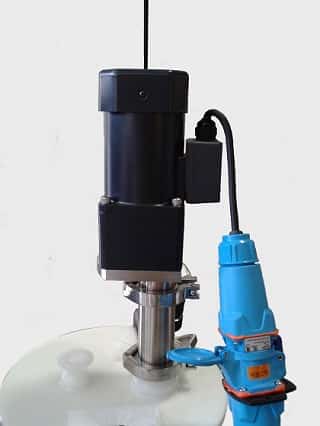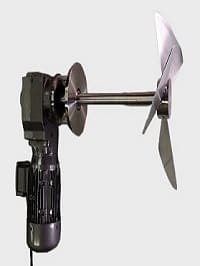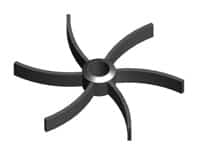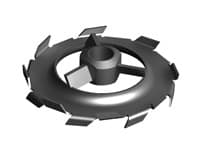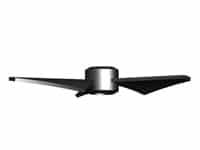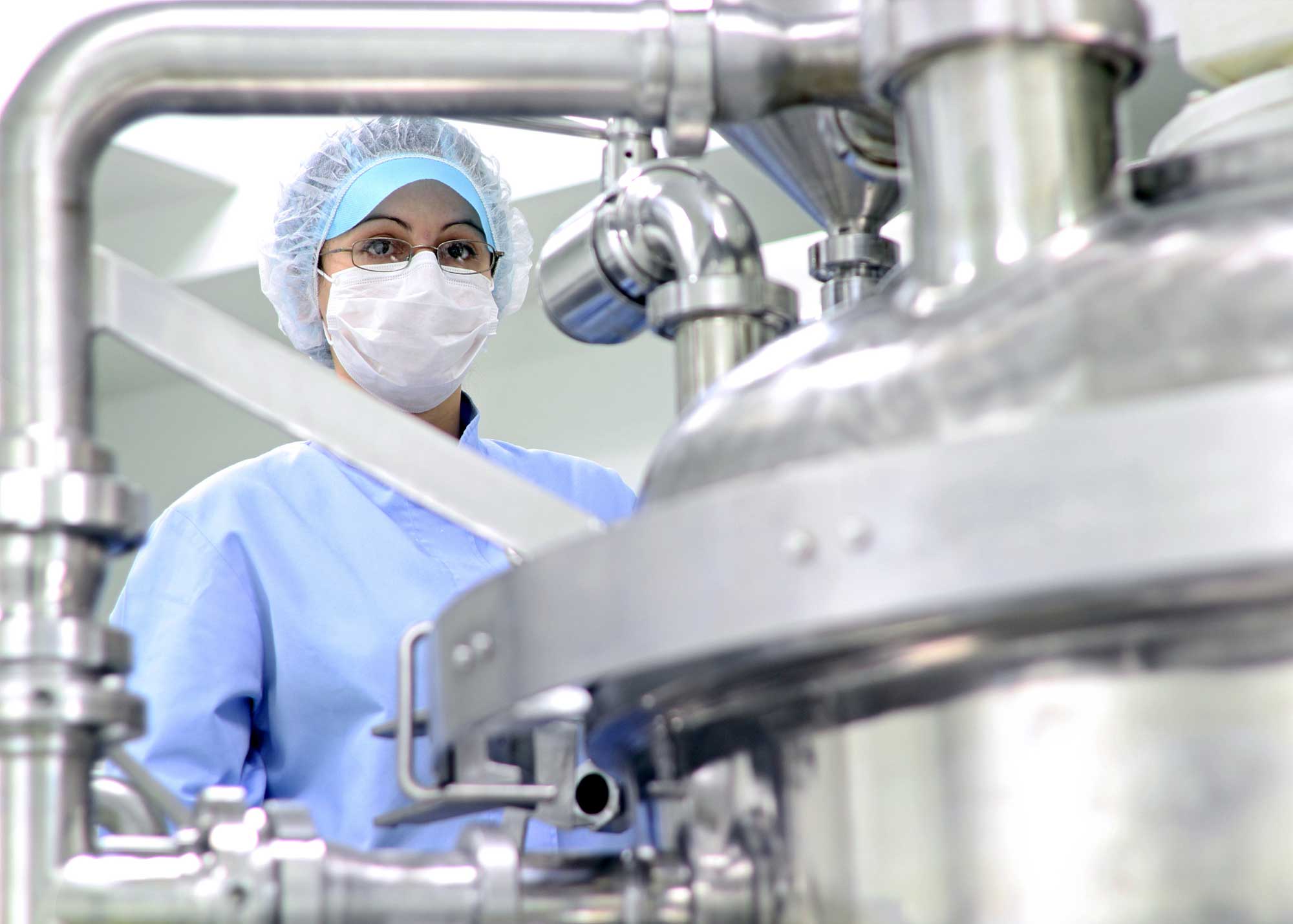What Do You Know About Mixing Flow?
Understanding flow patterns is an important part of helping you choose the right impeller. The three primary types of flow patterns are described below
Axial Mixing Flow
The fluid parallel to an axis of rotation. It moves media from the top to the bottom. Axial flow impellers are used for blending, solids suspension, solids incorporation or draw down. It is most common in a low viscosity, high speed application. The most common impeller style is the propeller.
Radial Mixing Flow
The fluid is discharged radially outward to the vessel wall. Compared to axial flow impellers, radial flow impellers provide higher shear and turbulence levels with lower pumping. Radial flow draws the media from the top and bottom. They are used for liquid dispersion for low to medium viscosity fluids and high speed. The most common impeller styles are the straight blade and crossed blade.
Tangential Mixing Flow
The flow pattern seen when tangential or rotational flow dominates is a swirling of the tank contents, often with a surface vortex. It is often used when mixing high viscosity at lower speeds. The most common impeller styles are the U-shaped anchor and square blade impeller.
Mixing Processes
Mixing includes the blending of miscible liquids, the dispersion of liquids, gases and solids, the emulsification of immiscible liquids, the formation of solid suspensions, dissolution and crystallization processes, chemical reactions that are dependent upon mass transfer and heat transfer into and out of the vessel. The choice of an impeller should be determined in part by the particular mixing process. Dispersion to form slurries will require a different impeller to that required to form pastes. Crystallization processes may involve crystals that are easily fractured and require gentle agitation. Other crystals tend to form at the walls of the vessel and scrapers may be required.
Whether you are choosing a mixing impeller for scale down, scale up, R+D, or bench scale pilot, testing one should look at all the options available to choose the right impeller at the right economy for your particular project.
It is evident that the selection of an impeller for a mixing process in the food and beverage, dairy, pharmaceutical and chemical industries is not a simple matter. The impellers come in a variety of shapes and sizes and optimum performance is dependent upon several factors — the physical properties of the materials to be mixed, the type of mixing process, the mixing vessel and the generation of the correct flow, shear and turbulence. Mixing is considered by many to be an art and, without question, “hands on” experience becomes very important when selecting mixers and impellers. That experience likely resides with the manufacturers of mixing equipment and with their representatives.




